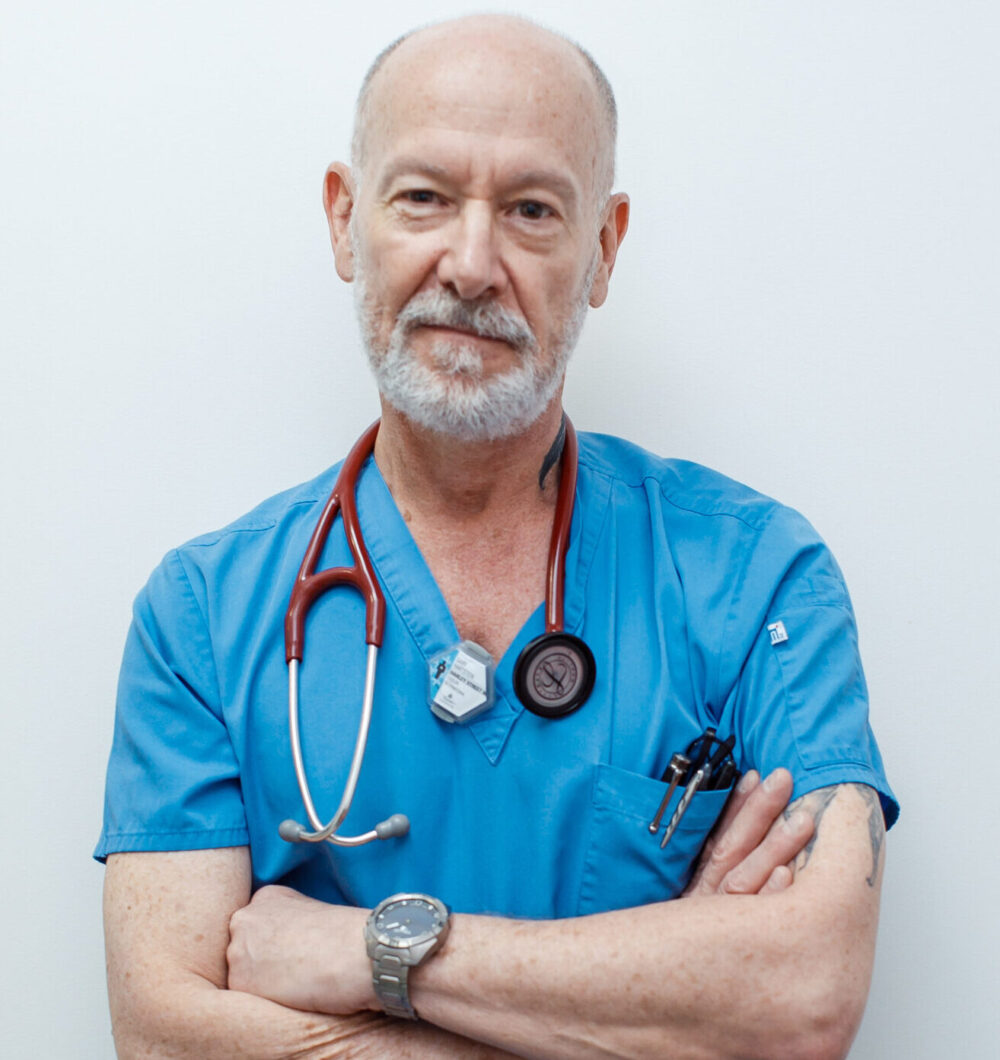
Gary Hartstein
Motorsport medicine challenges our expectations, as the doctors involved often witness unexpected collisions in real time, a phenomenon that is rarely encountered elsewhere. Making split-second life-saving decisions is challenging enough, and on top of that motorsport is adding the unpredictable environmental challenges, the duty of care to spectators and staff, the pressure of treating their patients while minimising delays to the race schedule and the high level of personal risk by working on the track.
As Formula 1 aficionados, we are all too familiar with the joys and the dangers that come with the thrill of the sport. To dive deeper into this world, for our opening ceremony we have a very special guest: Professor Gary Hartstein, a sports physician and former FIA Formula One Medical Delegate. Prepare to get a taste of a unique body of knowledge and skills that are not currently available in other medical fields, as Professor Hartstein is going to recount his time on the F1 tracks and unravel the secrets and thrill of motorsport medicine.
Professor Gary Hartstein is an anaesthesiologist and emergency physician with a passion for motorsport and combat sports. He is the former FIA Formula One Medical Delegate, Formula One Medical Rescue Coordinator and member of the FIA Institute Medical Faculty Steering Group.
His career in motorsport began at Circuit de Spa-Francorchamps, the renowned Belgian track, where he was a part of the local medical team attending races. Afterwards, he began working alongside Sid Watkins, who became his friend and mentor. For the next seven years, Hartstein and Watkins rode together in the medical car at most races.
Hartstein was also the chair of the FIA Institute's Medical Training Working Group, which aims to standardize training and practices of motorsport doctors, based on the most up-to-date trauma training techniques. He was also behind the creation of the FIA Institute Faculty, which seeks to consolidate the expertise of motorsport doctors and medical staff around the world, on the model of professional associations.
After retiring from Formula One, he went on to work as a Professor of Anaesthesiology and Emergency Medicine at the University Hospital of Liège, Belgium. He is currently a consultant anaesthesiologist at Harley Street Medical Centre in Abu Dhabi.

